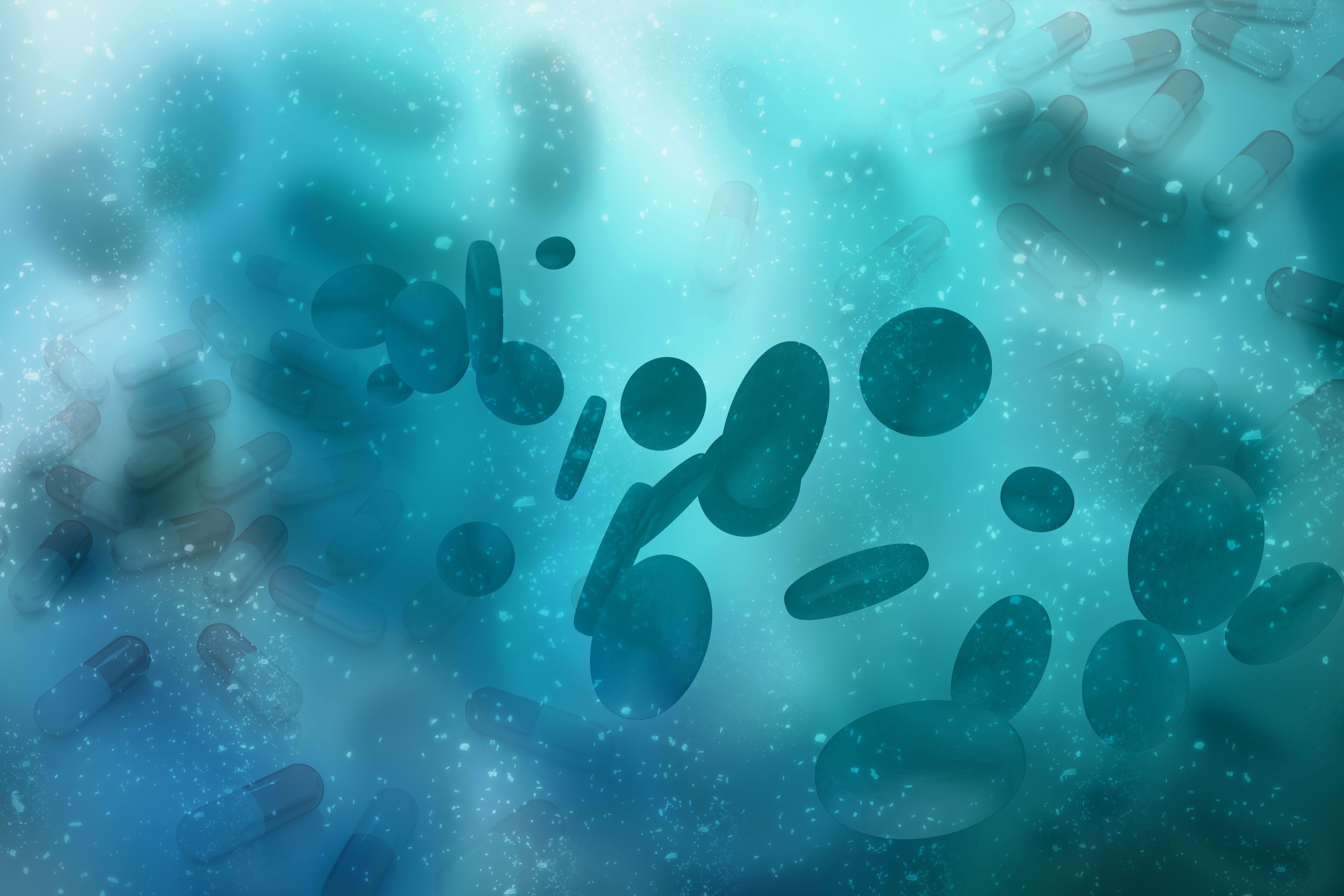Data Support Real-World Use of Ide-cel in R/R CNS Multiple Myeloma
Real-world data show that CAR T-cell therapy may be considered for eligible patients with relapsed/refractory multiple myeloma harboring CNS involvement.
“Our data—albeit obtained from a small cohort—showed a high remission rate for CNS manifestations after ide-cel treatment. Therefore, CAR T-cell therapy can be considered for eligible [patients with] relapsed/refractory multiple myeloma with a history of CNS involvement,” according to study author Markus Maulhardt, MD.

High remission rates were reported among patients with central nervous system (CNS)–associated relapsed/refractory multiple myeloma who received idecabtagene vicleucel (ide-cel; Abecma), according to real-world data presented at the 2024 American Society of Hematology Annual Meeting & Exposition (ASH).
In 10 patients confirmed to have CNS multiple myeloma with median 4.7 months of follow-up, 7 (70%) had no CNS relapse after the chimeric antigen receptor (CAR) T-cell therapy ide-cel, with an estimated median progression-free survival (PFS) of 10.5 months and estimated median overall survival (OS) of 12.9 months.
“We report for the first time that BCMA-directed CAR T-cell therapy is an effective and feasible treatment approach in [patients with] multiple myeloma–CNS,” said Markus Maulhardt, MD, of University Hospital Goettingen in Germany, in his poster presentation.
Multiple myeloma with significant CNS manifestation is a rare form of the disease associated with poor outcomes. CAR T-cell therapies such as ide-cel have been approved for use in the relapsed/refractory setting based on clinical trials that excluded patients with CNS disease, limiting the data on their efficacy and safety in this setting.
Investigators conducted a multicenter retrospective study of patients treated with ide-cel at 7 tertiary care centers in Germany and Switzerland between March 2022 and May 2024. This population of 153 patients was analyzed to determine the frequency of CNS disease and grouped by presence of CNS disease. Seventeen patients (11%) were reported to have CNS symptoms and CNS myeloma, but only 10 (6.5%) had confirmed CNS disease as defined as having intradural and/or intraparenchymal lesions or detection of myeloma cells in the cerebrospinal fluid (CSF). Seven others had uncertain CNS manifestation with neurological symptoms that were likely due to extradural, extramedullary disease or myelon compression.
When looking at the 10 patients with confirmed CNS myeloma, the median age was 61 years at the time of ide-cel infusion; 6 were female and 4 were male. Four (40%) had ECOG performance status greater than 2 at infusion. Five (50%) had high-risk cytogenetics included 1q gain.
Nine (90%) were triple-class refractory and 7 (70%) were penta-class refractory. Nine had prior high-dose chemotherapy and autologous stem cell transplant and 2 (20%) had allogeneic stem cell transplant. The median time from diagnosis to ide-cel was 5.6 years (range, 3.5-13.6).
All 10 had secondary CNS myeloma at relapse/progression rather than CNS disease at diagnosis. They had received a median of 3 therapies (range, 1-7) before developing CNS myeloma. Five (50%) had parenchymal lesions, 6 (60%) had leptomeningeal sites, and 2 (20%) had central nerve lesions. All had neurological symptoms. They had received CNS therapies including CNS penetrating systemic myeloma therapy in 70%, additional radiotherapy in 30%, intrathecal therapy in 30%, and surgery plus radiation in 20%.
In these 10 patients, the best serologic response on bridging before ide-cel was complete response (CR) in 50%, partial response (PR) or very good partial response (VGPR) in 40%, and progressive disease (PD) in 10%. The serologic response at ide-cel infusion was CR in 40%, PR or VGPR in 40%, stable disease in 10%, and unknown in 10%. The best serologic response after ide-cel was CR in 50% and PR in 50%.
As of last follow-up, 40% had relapse of multiple myeloma after ide-cel; at last follow-up 40% were in serologic CR, 20% in PR, and 40% had PD. Six patients remained alive.
Maulhardt presented the spinal MRIs of a patient which showed there was a complete CNS response 30 days after ide-cel treatment. “We were able to collect CSF from the same patients and we were able to show CAR T cells in the CSF 30 days after ide-cel treatment showing sufficient CNS penetration by CAR T cells,” he said.
Some patients experienced immune effector–cell associated neurotoxicity syndrome but none had grade 2 or higher. Cytokine release syndrome of grade 2 or 3 was reported in 6 patients but none had grade 4.
The presented poster also reported on a matched-pair analysis performed on all 17 patients with unconfirmed CNS myeloma, who were compared with patients in the ide-cel treated population without CNS manifestations. They were matched based on Revised International Staging System stage, number of prior lines of therapy, triple and penta-class refractory status, and remission status. The median PFS and OS were 10.5 months and 13 months for the CNS disease cohort vs 8.5 months and 10.6 months, respectively, in the non-CNS myeloma cohort. The rate of CR, VGPR, or PR was 82% in the CNS myeloma cohort vs 80% in the non-CNS myeloma cohort.
“Our data—albeit obtained from a small cohort—showed a high remission rate for CNS manifestations after ide-cel treatment. Therefore, CAR T-cell therapy can be considered for eligible [patients with] relapsed/refractory multiple myeloma with a history of CNS involvement,” Maulhardt concluded.
Reference
Maulhardt M, Berning P, Hanoun C, et al. Efficacy of idecabtagene vicleucel (ide-cel) in patients with relapsed/refractory multiple myeloma and prior central nervous system manifestation: a retrospective real-world analysis. Blood. 2024;144(suppl 1):4759. doi:10.1182/blood-2024-202467